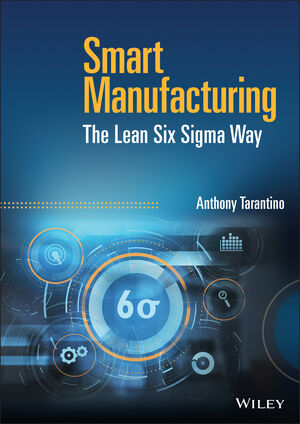Technology is a major driving force for growth in the U.S. economy. Advancements in technology, and new products based on that technology, derive mainly from the research and development activities carried out in government, academic and private sector R&D facilities across the country.
It is self-evident that R&D is indispensable to any manufacturer of the high-tech products that are literally born in R&D labs. Past examples include lasers, transistors and optical fiber-transformational technologies that came out of the research centers of, respectively, Hughes Aircraft, Bell Labs and Corning Glass Works. Today, Medtronic Inc. spends $1 billion a year on R&D, which represents 9.5 percent of sales. Revenue growth at this medical device manufacturer is driven by new product introductions-approximately two-thirds of Medtronic's gross revenue is derived from products introduced within the past 2 years.
Perhaps not so obvious is the importance of R&D to manufacturers not generally regarded as high-tech. Caterpillar Inc. invests more than $4 million in technology each working day, and has received more than 2,500 patents in the past 5 years. Cat's engine business is enjoying a handsome return on this investment in the form of sales growth from one of its R&D successes, a revolutionary diesel engine technology called ACERT.
In its 2005 R&D scorecard, Technology Review, MIT's magazine of innovation, ranks the top 150 spenders across a broad range of technology-intensive industries. Its innovation index combines four equally weighted factors: 2004 R&D spending, percent and absolute changes in R&D spending from 2003, and R&D spending as a percentage of sales. The top 15, which includes eight medical and pharmaceutical, three automotive, and one each biotech, semiconductor, software and conglomerate companies, spent in total more than $83 billion on R&D in 2004.
R&D drives the technology that drives our economy, and the R&D tax credit helps technology grow. With or without the tax credit, companies will continue investing in R&D, simply because R&D is essential to their survival and growth. However, companies will invest more in R&D with the tax credit than they would without it.
The R&D tax credit, first passed as a temporary tax credit in 1981, allows U.S. companies to take a tax credit of up to 10 percent on their R&D spending. It's been extended 11 times, most recently in October 2004 as part of the Working Families Tax Relief Act of 2004, and retroactive to its expiration on June 30, 2004. This, however, was only an 18-month extension, so the R&D tax credit will expire-again-on Dec. 31 of this year.
Legislation is now before Congress to make the R&D tax credit permanent. It's time for Congress to stop playing a silly renewal game and acknowledge-by making the tax credit permanent-that it contributes to growth, jobs, a stronger economy and a higher U.S. standard of living.







